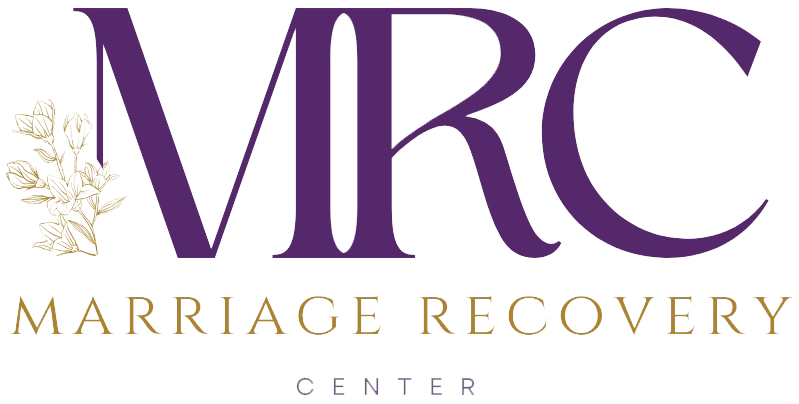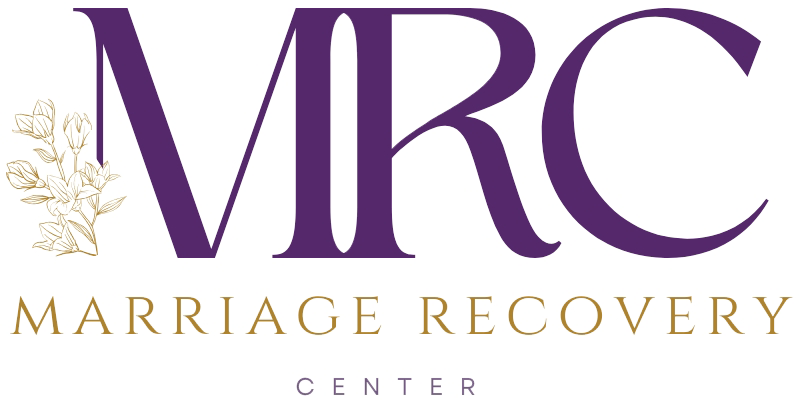Anne had tried for years to get Larry to stop his angry outbursts toward her and the kids. She never knew when or what would set him off, and she felt constantly on alert, ready to shield herself from the noise and the hot breath on her face. He seemed entitled to vent his frustrations without any responsibility for how it affected the people around him. What made it feel worse to Anne was that he also carelessly expected her to be physically intimate with him, even if he had stomped and banged around the house moments before. His sense of entitlement to vent his frustrations carried over into his entitlement to have her body as well. The broken connection and her hurt and confusion were completely disregarded.
Anne was done with that treatment. But, her pleading, explaining, and insecure boundaries failed to make an impact on his heart – and without a heart change, she knew his behavior would not change. He was adamantly opposed to counsel, and refused any input about the damage he might be creating. She was exhausted! And she would no longer tolerate the person she was becoming in response to it all. It was time for an intervention.
The purpose of an intervention is to provide an unmistakable confrontation of destructive behavior in a context in which the person responsible cannot avoid seeing the results of their behavior. In other words, it puts the evidence clearly before him or her. The element of surprise makes is difficult to deflect, deny, and excuse. An intervention is direct, intentional, and strategic.
That means there must be good planning and deep resolve to see the process through. You will need to have a clear definition of what it is you can no longer tolerate, and what you’ve done to enable it. You will need Godly counsel and people in your corner to help you see your way through. You’ll need to evaluate your boundaries, and fortify your safety plan so you keep yourself in space you can think clearly. And you’ll need a skilled facilitator to keep the intervention effectively on task.
Here are the practical steps:
Prepare by reflecting on what it’s been like to be married to your spouse. We call this letter, “The Good, the Bad, and the Ugly.”
Be specific about what must change and what you can no longer tolerate.
Identify boundaries you’ll need in place to keep yourself in your core sense of self, as well as the consequences that will occur when those boundaries are crossed.
Consult with Godly, wise counsel and a qualified facilitator in order to identify the level of intervention needed and make an appropriate plan.
Carry out the intervention.
Require that your spouse be involved in follow-up depth counseling to change his or her destructive behavior.
If you present this crossroad to your spouse, you’ll also need to be ready for whatever comes of it. While our goal is to bring about a breakthrough which ends his or her overwhelming behavior, there is a chance that hard-heartedness may still get in the way. Present your case, and watch to see what comes of it. It may not end the way you hope, but at least you’ll know who your spouse really is where the rubber meets the road. No more guessing, no more carrying the weight of trying to make him or her change. Whichever way your spouse chooses to go, you still get to begin your healing journey based upon a foundation of truth.
We are offering a free class on how to set up an intervention with your spouse and we invite you to join us. Learn more and sign up here, or call us at 206.219.0145.
You can also learn more about the intervention process by watching this video from Dr. Hawkins.








